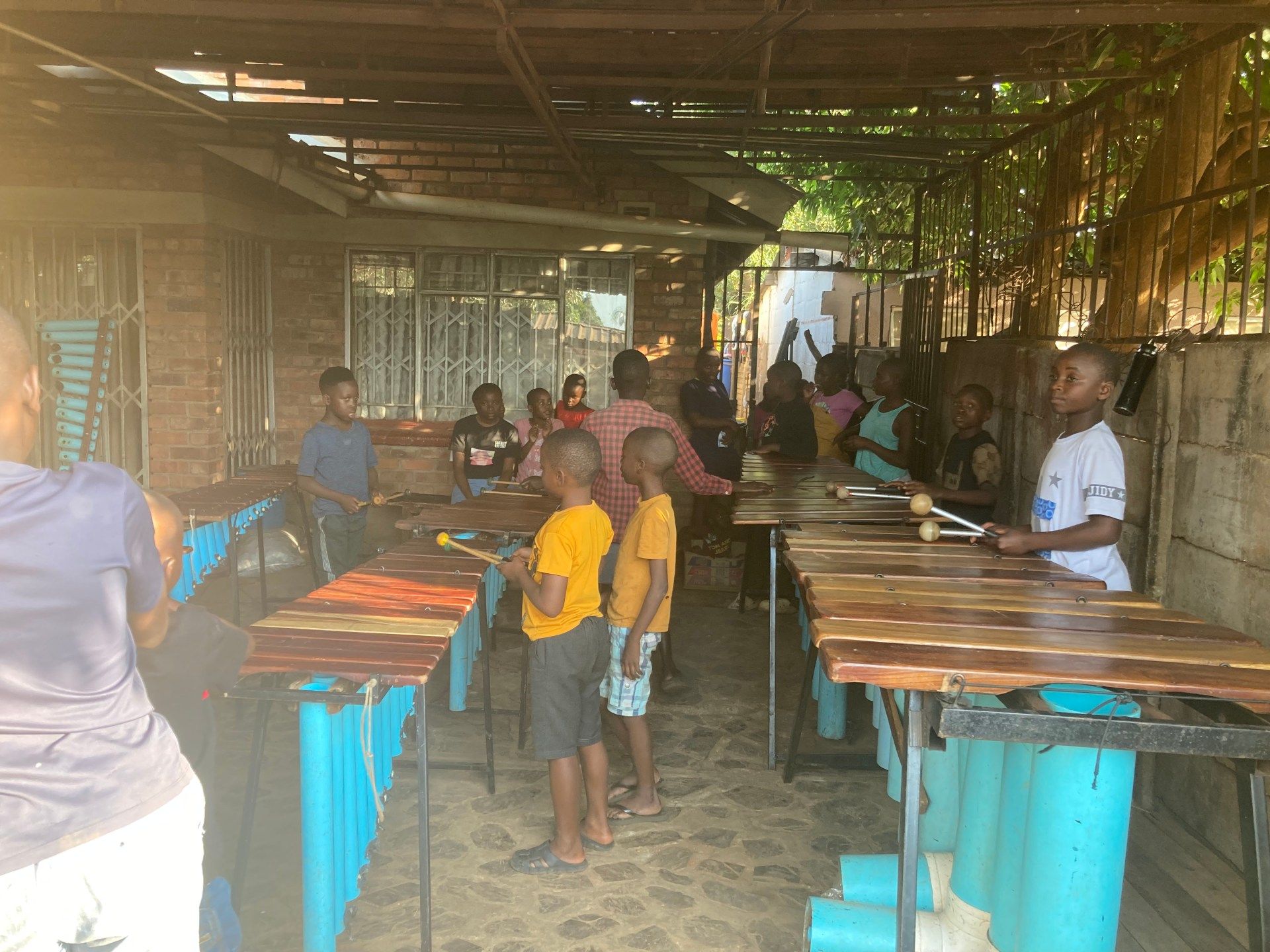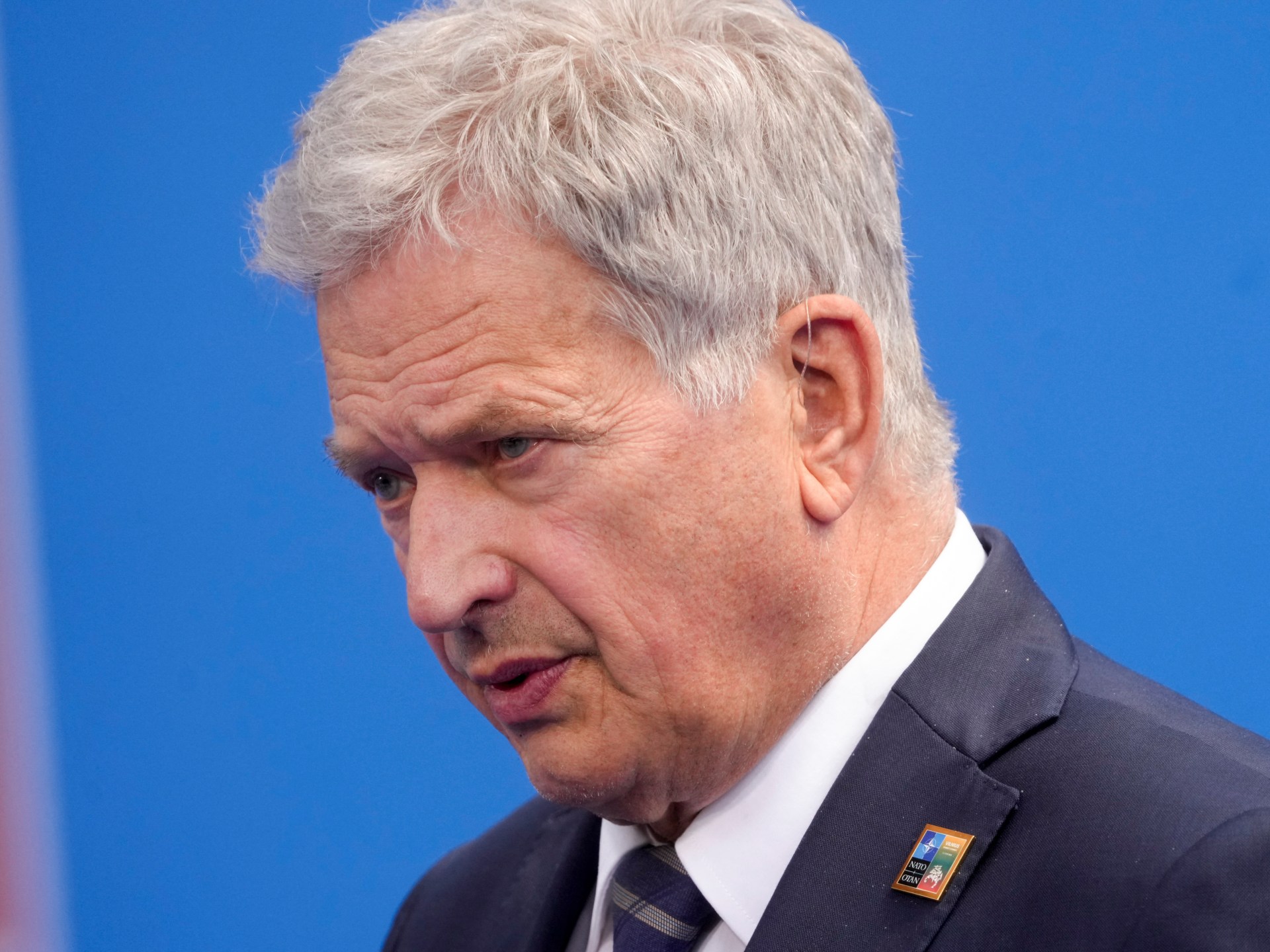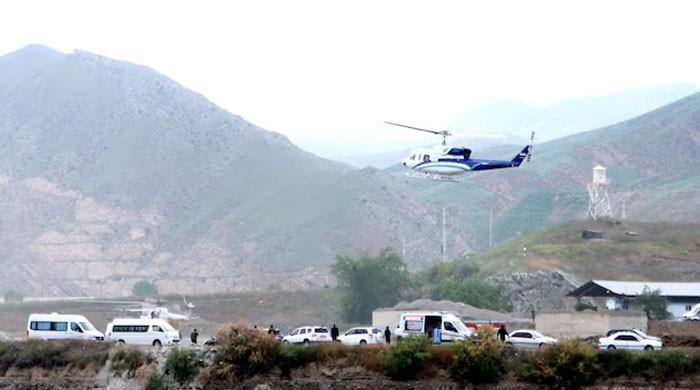Harare, Zimbabwe – Dzivarasekwa, a nondescript township on the southwestern edges of Zimbabwe's capital, copies the 1907 model of the first ghetto, Harari (now Mbare): bleak, drab, matchbox-like houses arranged on grates.
Driving through its streets, one often sees skeletal silhouettes of young men (sometimes women) in a drug-induced haze who look at you with a tortured smile as they advance with a slow, vaguely meditative pace, as if the next step were their last. . . Sometimes it is.
Their circumstances are the result of the drug plague that has plagued Harare for more than a decade.
On the streets of the municipality it is easy to find illegal alcohol and traces of narcotics that reach Zimbabwe. Even diazepam, known in local slang as blue, a prescription drug for anxiety and seizures, is used.
But it is also in Dzivarasekwa that the Tsoro Social and Arts Center is located, an initiative run by Zimbabwean musician Jacob Mafuleni, 46, from the front yard of his house.
Every Saturday afternoon, about two dozen young people between the ages of 6 and 23 – including Mafuleni's 23-year-old son Abel, who is following in his musician father's footsteps – gather around half a dozen marimbas.
The marimba is a percussion instrument whose origins are sometimes traced to modern-day Mozambique, where it was a court instrument before the arrival of the Portuguese, the country's former colonial ruler.
The traditional marimba is made of wooden slats placed on resonant gourds that produce a polyrhythmic drone when struck with a mallet. Nowadays, resonator tubes of different lengths replace gourds.
In Mozambique, the instrument is known as a timbila and is closely associated with master musician Venancio Mbande, who died in 2015. Versions of the original instrument can be found throughout the Americas, where it was brought by enslaved Africans.
The Tsoro Social and Arts Center is not just about the marimba but also the mbira.
The mbira is an instrument of the lamellophone family in which long, narrow metal keys are attached to a wooden soundboard and played on a gourd. The instrument comes in a variety of shapes, sizes and number of keys, including nyunga nyunga, njari, mbira dzevadzimu and matepe.
Marimba to mbira
Although the terms “marimba” and “mbira” may sound similar to ears unaccustomed to southern African languages, the two instruments are very different.
Mafuleni is skilled at both: he has experience playing and making both instruments. He also plays the African drum.
Until September, Mafuleni's front yard was also a workshop for both the marimba and mbira, where he worked with a team of assistants late into the night. Now, due to the demands of an expanding operation, she has moved her workshop to the Tynwald industrial area, less than 15 minutes away.
Although Mafuleni is just as likely to receive a commission to make a marimba as a mbira, he told Al Jazeera about his long history with the former.

Mafuleni was first introduced to the marimba in 1990 when he joined the Boterekwa Dance Troupe, a group founded and directed by the late conductor and musician David Tafaneyi Gweshe. In the dance group, she initially became familiar with the various dance styles of Zimbabwe before mastering the marimba.
When he joined Boterekwa, the band was already a fixture on the world music festival circuit, so he had to be content with being in group C, the band's third tier. Being in group C meant you were an afterthought, an unfortunate extra caught in the matrix of ambitions of the ensemble's main protagonists.
“If you were in C and you played the marimba, they could even prohibit you from attending the sessions for two weeks,” he recalled. Then one day he found himself moved from the back of the class to the front row: the holy of holies. The promotion came about through a confluence of luck and his keen ears (and hands) for music.
Gweshe had been trying to teach a melody on the marimba, but no one really knew how to do it. Since the marimba was prohibited for people in group C, Mafuleni could only watch Gweshe's tirade, heart pounding, thinking: “But I know how to play that tune.” Finally, he gathered his courage and stepped forward: “And then I took the sticks and then I went and played what he told us to play.
“Riidza tinzwe, Jacob“ Gweshe said in Shona, the majority language in Zimbabwe. “Play, Jacob, so we can hear you.”
“He was ecstatic with my playing and started playing with me,” Mafuleni recalls.

This moment is what democratized the instrument for the rest of the band, the reasoning was: “all this while we didn't know we had this genius.”
Sometimes, when the instrument did not sound the way he wanted, the temperamental Gweshe would angrily demolish it and then make a new one. When the new instrument was made, Mafuleni would help. He “wanted to learn and was watching everything that was happening.”
I wanted to know the measurements of the slats, how to make the slots, how to place the resonators. Once, while Gweshe was on tour, a slat broke and he managed to repair it. Upon his return, Gweshe did not realize that the marimba had been repaired. “This means he had done well,” Mafuleni deduced.
From musician to artisan
But Mafuleni's real break with the marimba came much later in the United States, where the southern African instruments have been studied with religious devotion for more than half a century. He was touring the United States as part of Mawungira eNharira, a Zimbabwean drum and mbira group.
At some of these festivals they shared stages with bands with Shona names but whose members were all white Americans who knew how to play all the marimba standards. “I was happy about this, but what came to mind was: 'Do people at home know that they play the marimba like this?'”

He then told himself that when he returned home, he wanted to start a marimba band.
During a break in the tour, he contacted an American master marimba maker, Rob Moeller, who for a nominal fee (just $300) gave him a fast-track curriculum on the intricacies of the craft: selecting wood, measuring and cutting. the slats, how to attach them to the stand and how to tune the instrument. On the last day of the course, the teacher not only gave him the marimba that he had made but also a Seiko tuner. And so he had begun his journey as a marimba maker.
Similarly, his transformation from mbira player to also its craftsman occurred by chance, his adventurous spirit and an unhappy encounter with a late but expert producer of the instrument.
In 2003, when he was in a band called Sweet Calabash, a drum and mbira ensemble, the group found a promoter who wanted to get them mbira instruments and clothing. Mafuleni placed an order with a well-known mbira maker in Harare, he paid the fee but the instruments did not arrive.

Every day for two months he went to sit with the mbira craftsmen. But they kept making excuses why their instruments weren't ready. However, she was watching what they were doing.
“And then I started asking manufacturers what to do if I want the instrument to sound a certain way, and they would tell me. “I always asked them questions.”
And then he paused to go bother the mbira smiths.
He grabbed a board, some metallic metal keys and put them together. It was that simple: he had made his first mbira.
When he took it to the master mbira makers to show them and resume his vigil, they did not believe that he was the one who had made it. “The way they didn't believe he had done it was proof that he had done it correctly.”
Due to his experience playing in Western-style band formats, he already knew the language of music: G sharp, octaves, etc. It is this knowledge that he has brought to his practice, giving him a clear advantage over the traditional mbira maker. .
Visiting Al Jazeera on Saturday, amid the sound of marimba and the lively hubbub of children, Mafuleni expanded on the social role Tsoro plays in the community.
“At the center we not only teach music, but many other life skills. When we were still here after practicing, he would urge the boys and girls to come and help with making instruments. Even where we are now [in Tynwald]some still come to help and learn.”
During the April school holidays, he took nine children on a day-long retreat to Mukuvisi Woodlands, a lush forest on the eastern outskirts of the city, to teach them marimba, mbira and life lessons.
In Dzivarasekwa, it may be music that plays a key role in breaking the cycle of drugs, teenage pregnancy and associated evils, especially among the township's youth.












